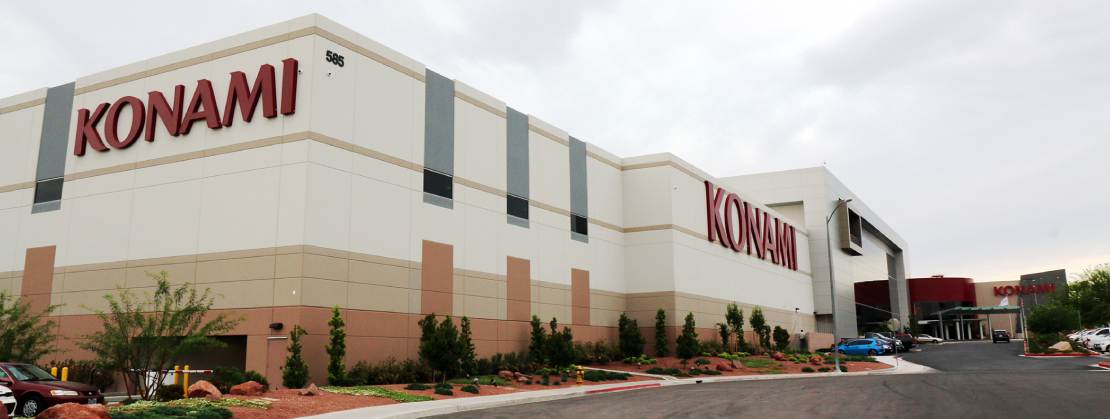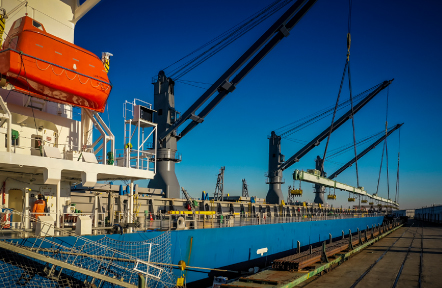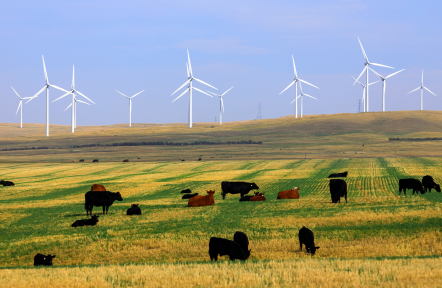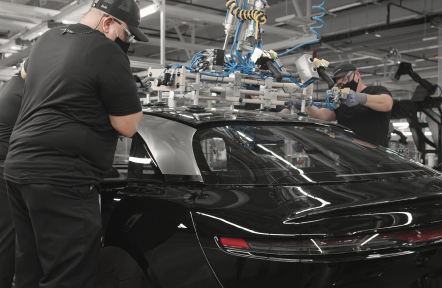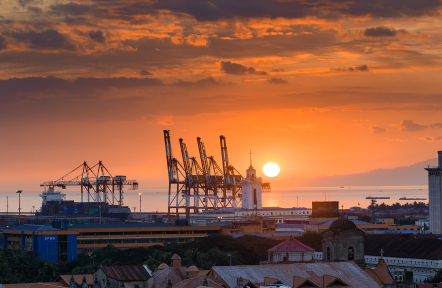Located some 32 km south of the Port of New Orleans along the Mississippi River, Plaquemines Port Harbor in Louisiana is an ideal jumping-off point for oil and gas, grain, chemicals, coal, and other containerized goods headed for the United States or elsewhere in the world.

With 14 major anchorages, as well as thousands of properties ready for the development into container ports, bulk and break operations, and docks, Plaquemines Port Harbor and Terminal is committed to find solutions to supply chain hitches that might have turned away interested investors from Japan or other countries.
The intent of the port’s location is to take advantage of the newly dredged lower end of the Mississippi River and to market its matching aperture with the Panama Canal as its new strength. When Covid hit, it just exacerbated the problem. The businesses were relying pretty much on just one or two supply chains coming from the East and West Coast into the interior of the United States. (Covid) pushed the need for this.
Meanwhile, Plaquemines Port’s developer prioritized improvements to the harbor, such as the utilization of commercial basins and the development of new critical infrastructure.
However, before it could create that new conduit and accelerate delivery times, Plaquemines Ports first had to understand the needs of its customer base and look into all their differing requirements.
As the Gulf of Mexico becomes an increasingly relevant access point to additional resources for the U.S. and Asian markets, Plaquemines Port Harbor and Terminal has stepped up efforts to modernize its facilities and utilize the Mississippi River as its best asset. In the end, any of its partners in Japan or anywhere in the Asian market must have better access to and control over the distribution of their products and goods in the United States.


